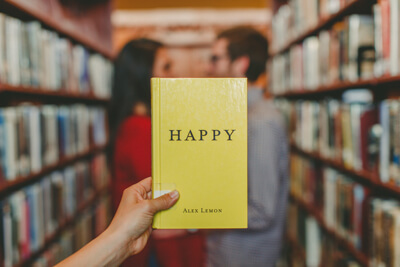Gratitude Journal
Gratitude journals are a popular and effective intervention from the field of positive psychology. The goal of a gratitude journal is to increase our focus on positive experiences, which improves well-being.
The Gratitude Journal worksheet begins with a one-page info sheet, followed by several pages for journaling practice. The info portion of the handout explains the positive benefits of gratitude, tips and instructions for keeping a good journal, and a series of prompts.
Gratitude Exercises
Research in positive psychology indicates that those who practice gratitude have lower self-reported levels of depression and stress, and they’re more satisfied with their social relationships. Not only that, but the effects can be long-lasting.
This summarizes a few exercises to help clients begin practicing gratitude. They include journaling, writing a gratitude letter, visiting and expressing thanks to someone who is important, and more.
Building Happiness (Exercises)
Happiness takes work. Changes in life circumstances like a promotion or a new relationship might result in a temporary happiness boost, but before long the excitement levels off.
The Building Happiness (Exercises) worksheet includes a list of activities that have been found to help build sustained happiness, when practiced regularly. The exercises that are described include gratitudes, acts of kindness, physical exercise, meditation, positive journaling, and fostering relationships. Discuss these exercises with your client, practice them in session, and create a plan to practice a little bit every day.
Emmons, R. A., & McCullough, M. E. (2003). Counting blessings versus burdens: An experimental investigation of gratitude and subjective well-being in daily life. Personality & Social Psychology, 88, 377-389.




